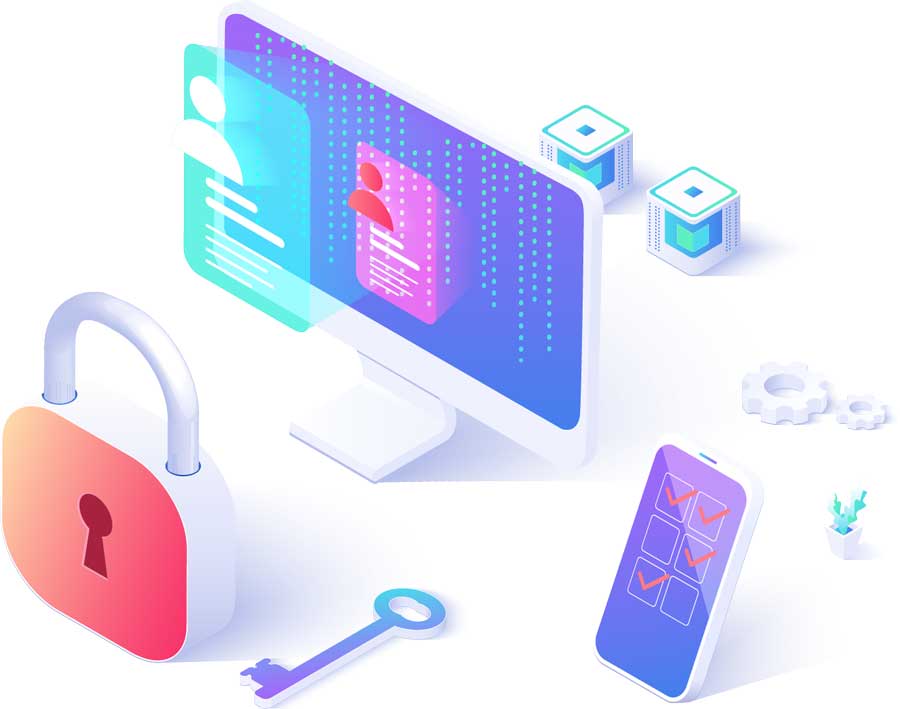A procurement dashboard is a digital interface that aggregates, organizes, and displays critical procurement data in a visual format, such as charts, graphs, or tables. It pulls data from various sources, including procurement software, ERP systems, or supplier databases, to provide a centralized view of metrics like spending, supplier performance, contract status, or cycle times. Dashboards are typically customizable, allowing users to focus on the metrics most relevant to their goals.
Common elements of a procurement dashboard include:
Spend Analysis: Tracking total expenditure, category-wise spending, or savings achieved.
Supplier Metrics: Monitoring supplier performance, compliance, or delivery times.
Contract Management: Displaying contract statuses, renewal dates, or compliance risks.
Procurement Cycle Time: Measuring the time taken for processes like purchase order approval or supplier onboarding.
Risk Indicators: Highlighting supply chain risks, such as single-source dependencies or market volatility.
Dashboards are often integrated into procurement platforms like Lasso, or built using business intelligence tools like Tableau or Power BI.
Dashboards are essential for modern procurement because they:
Provide Real-Time Insights: Enable quick access to up-to-date data, supporting timely decision-making.
Enhance Transparency: Offer a clear view of procurement activities, fostering accountability and trust among stakeholders.
Drive Efficiency: Streamline data analysis by consolidating information, reducing the need for manual reporting.
Support Strategic Goals: Align procurement activities with organizational objectives, such as cost reduction or sustainability.
Identify Opportunities and Risks: Highlight trends, inefficiencies, or potential disruptions, enabling proactive management.
Using dashboards in procurement offers several advantages:
Improved Decision-Making: Visual data helps procurement teams quickly identify trends, compare supplier performance, or spot cost-saving opportunities.
Time Savings: Automated data aggregation eliminates the need for time-consuming manual reports.
Better Stakeholder Communication: Clear visualizations make it easier to share insights with leadership or cross-functional teams.
Proactive Risk Management: Real-time alerts for risks, like delayed deliveries or non-compliant suppliers, enable swift action.
Enhanced Performance Tracking: KPIs like savings, cycle times, or supplier reliability are easily monitored, driving continuous improvement.
Customization: Dashboards can be tailored to specific roles, such as category managers or executives, ensuring relevant insights.
Despite their benefits, dashboards can present challenges:
Data Quality: Inaccurate or incomplete data can lead to misleading insights, undermining decision-making.
Complexity: Overloading dashboards with too many metrics or complex visuals can confuse users.
Integration Issues: Connecting dashboards to multiple data sources, like ERP or supplier systems, can be technically challenging.
User Adoption: Teams may resist using dashboards if they lack training or find the interface unintuitive.
Maintenance Costs: Building and updating dashboards requires ongoing investment in software, IT support, or analytics expertise.
To maximize the value of procurement dashboards, organizations should follow these strategies:
Define Clear Objectives: Identify the key goals of the dashboard, such as cost control, supplier performance, or compliance, to focus on relevant metrics.
Select Key Metrics: Choose a small set of actionable KPIs, like spend under management, on-time delivery rates, or contract compliance, to avoid clutter.
Ensure Data Accuracy: Integrate dashboards with reliable data sources and implement regular data validation to maintain trust in the insights.
Design for Usability: Use intuitive visuals, like bar charts or heatmaps, and organize data logically to make the dashboard easy to navigate.
Customize for Users: Tailor dashboards to different roles, such as detailed views for analysts or high-level summaries for executives.
Leverage Automation: Use tools that automatically refresh data and generate real-time updates to keep dashboards current.
Provide Training: Train procurement teams on how to use the dashboard, interpret metrics, and apply insights to their work.
Monitor and Refine: Regularly review the dashboard’s effectiveness, gathering user feedback to add, remove, or adjust metrics as needed.
Integrate with Systems: Ensure seamless connectivity with procurement, ERP, or supplier management systems for comprehensive data coverage.
Procurement dashboards are critical in various scenarios. For example, in manufacturing, a dashboard might track raw material costs and supplier delivery times to prevent production delays. In public sector procurement, dashboards ensure compliance with spending regulations by monitoring contract awards and vendor performance. In retail, dashboards can highlight inventory turnover rates and sourcing costs to optimize stock levels.
However, dashboards are only as effective as the data and processes behind them. Combining dashboards with robust procurement strategies, like supplier relationship management or cost analysis, ensures a holistic approach.
support@lassoprocurement.com
© 2025 Lasso Supply Chain Software LLC
This website uses cookies to ensure you get the best experience on our website.
